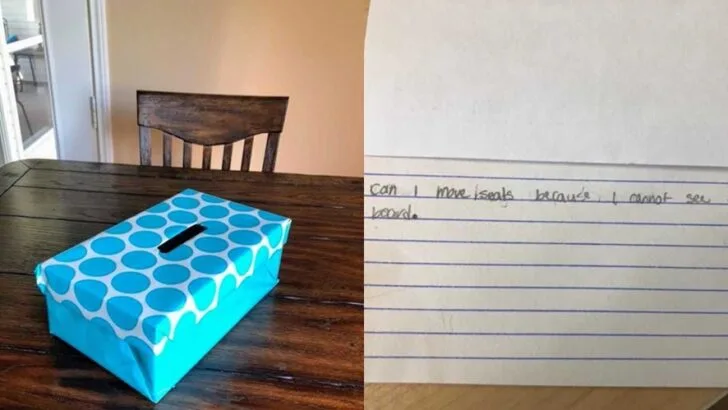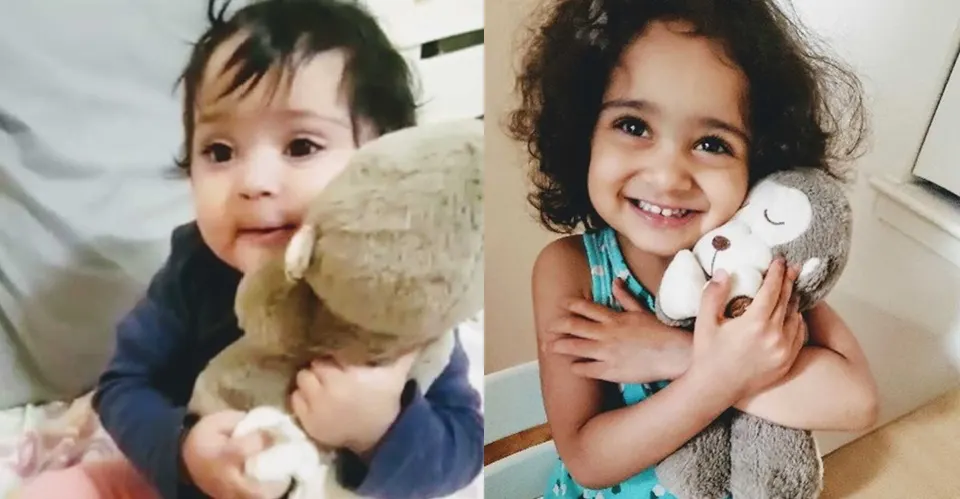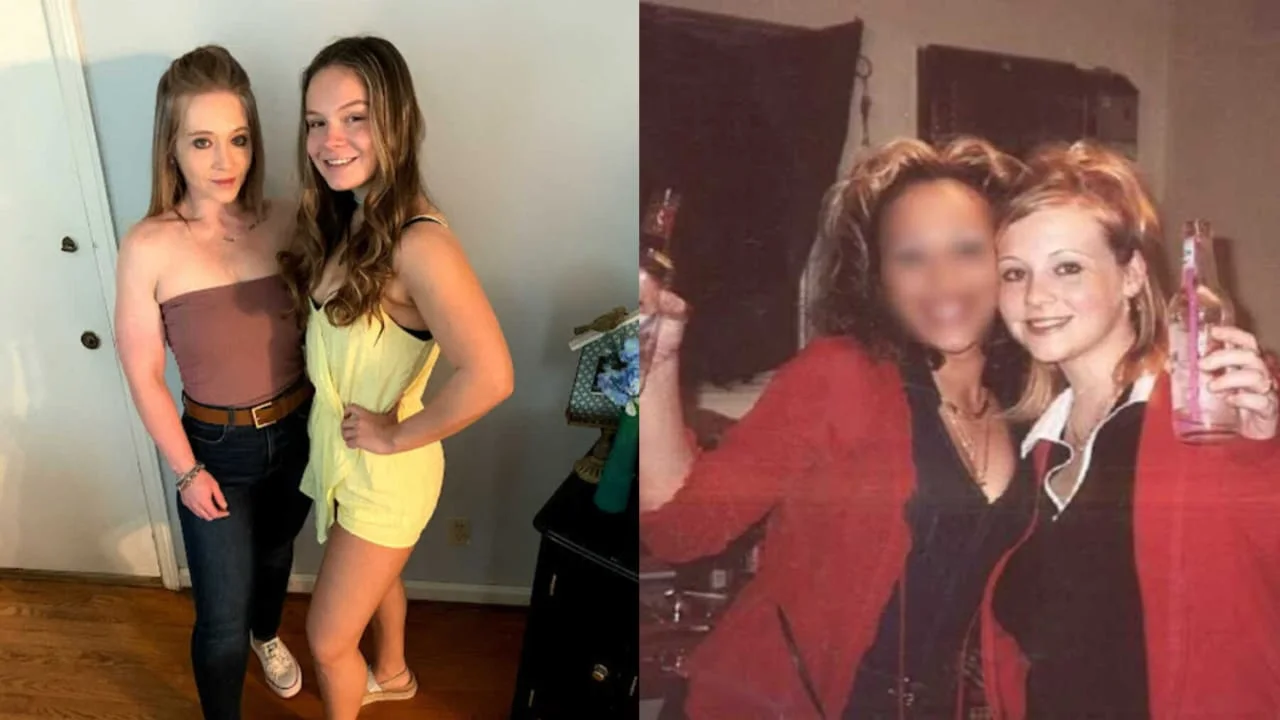Fifteen years into teaching middle school, Julia Brown thought she had seen it all: the eye rolls, the laughter, the quiet tears tucked behind hoodies, the way students could shift from bravado to vulnerability in a single breath. But that year, she decided to try something new, something small that would change everything about the way she connected with her students. She called it her “I Need Box.” It wasn’t fancy, just a box wrapped in cheerful paper with a stack of note cards and a few pencils beside it. The rules were simple. If a student needed something but didn’t feel comfortable saying it aloud, they could write it down, anonymously or with their name, and drop it in. Julia promised to check the notes weekly and respond to every single one—no judgment, eye rolls, or lectures, just help.
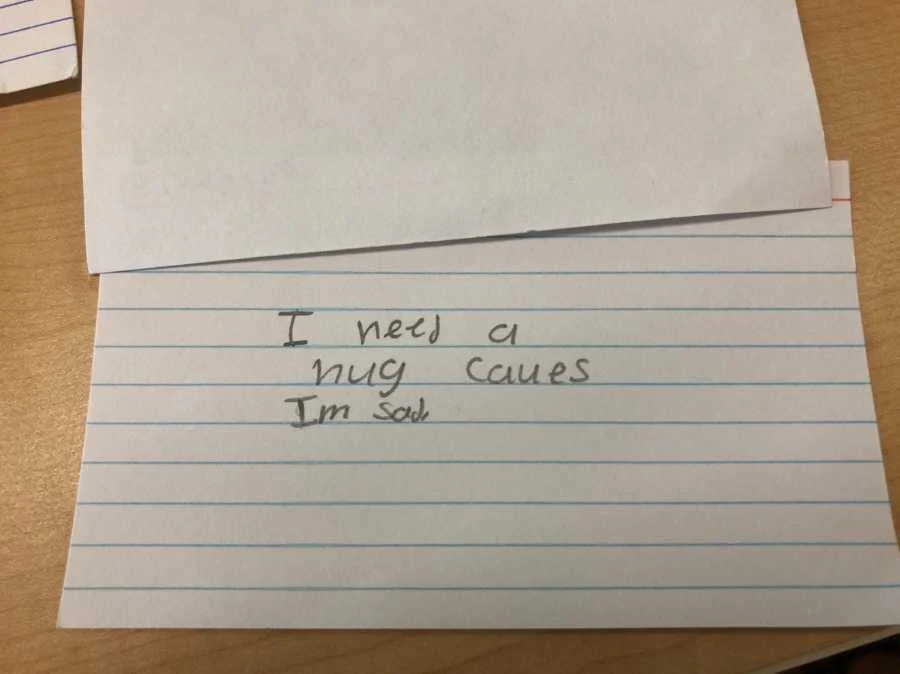
In the first week, the box sat quietly in the corner of the classroom like a decoration that no one had quite understood yet. Then, two boys used it. Their message was short and shaky: they were being bullied. Julia read it, her heart heavy but determined. She stepped in right away, and by the end of the week, the problem was resolved. It was the first time she saw the box work like a lifeline. After that, she made a small change. She started having every student drop a card into the box every day, even if they didn’t write anything on it. That way, no one would feel singled out for using it. The act became routine, a quiet moment of reflection between lessons and laughter.
Soon, the notes started to pour in. Some were simple—requests for pencils, notebooks, or seat changes—others were heavier. One student needed help with a friend problem. Another was struggling in another class. One note, written in a shaky hand, said, “I need a hug because I am sad.” That one stopped Julia cold. It was a small sentence but spoke volumes about what kids carry silently throughout the school day.
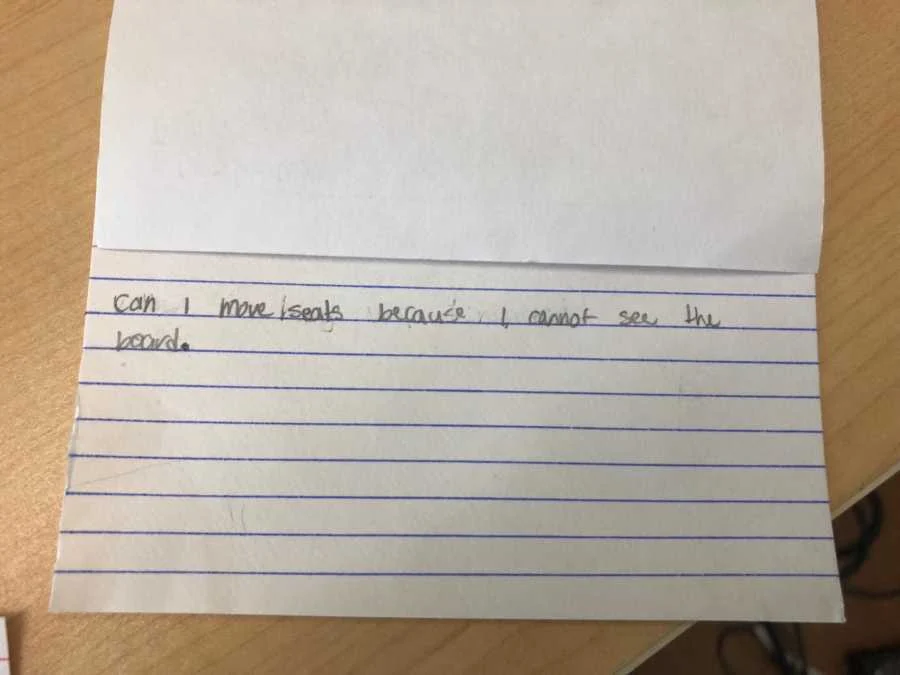
There were requests for help after school, special handshakes at the door, and advice about parents fighting at home. The range of needs stretched from the practical to the deeply personal. Each note was a small window into the private world of a middle schooler—a world that adults often overlook or underestimate. Over time, something shifted. Students began to realize they didn’t always need the box. They started coming directly to Julia, their voices trembling at first, then steadier each time. The box had done more than she expected—building trust. It told them it was safe to speak up, that they mattered.
Teachers often discuss strategies, curricula, and test scores, but Julia discovered something simpler and more profound. What students needed most wasn’t always an explanation of fractions or grammar; sometimes, they just needed to be seen. The “I Need Box” became a quiet symbol of compassion, sitting on the corner of her desk, holding the unspoken words of kids who might otherwise have gone unheard.
One note read, “Can I move seats because I can’t see the board?” Another said, “Can I have a new notebook? Mine got wet.” And then there were the ones that broke her heart and healed it simultaneously: “I need someone to talk to about home,” or “I just want to know if you’re proud of me.” Julia had spent years teaching lessons, but that year, she learned one herself—that middle schoolers, beneath their humor and chaos, just want connection. They want someone to notice when their eyes look tired, someone to remember that learning isn’t just about facts; it’s about feeling safe enough to try.
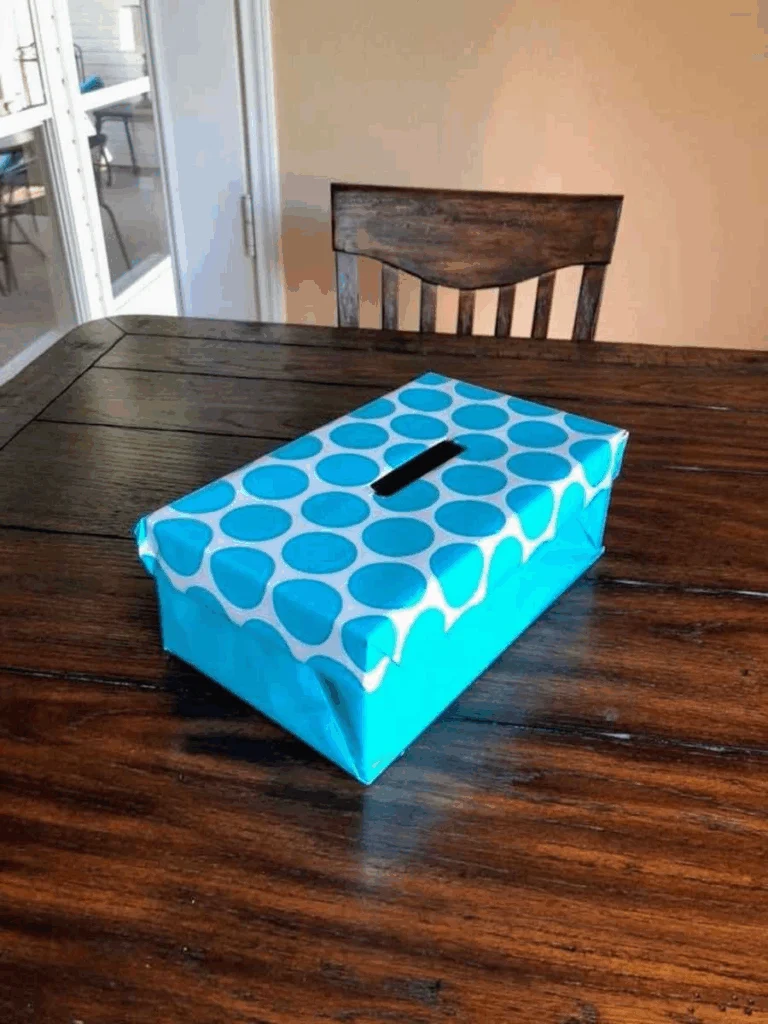
The “I Need Box” didn’t solve every problem. It didn’t erase every sadness or stop every conflict. But it opened doors. It started conversations. It reminded everyone, including Julia, that teaching isn’t only about the curriculum; it’s about the people sitting in those desks, each carrying their own story. Fifteen years in, Julia says it was the best decision she’s ever made as a teacher. The box is still wrapped in bright paper, holding space for kids who might not have the words to speak aloud. And maybe that’s the beauty of it, it’s not really a box at all. It bridges between hearts built from paper and pencil and a teacher’s promise to listen.

